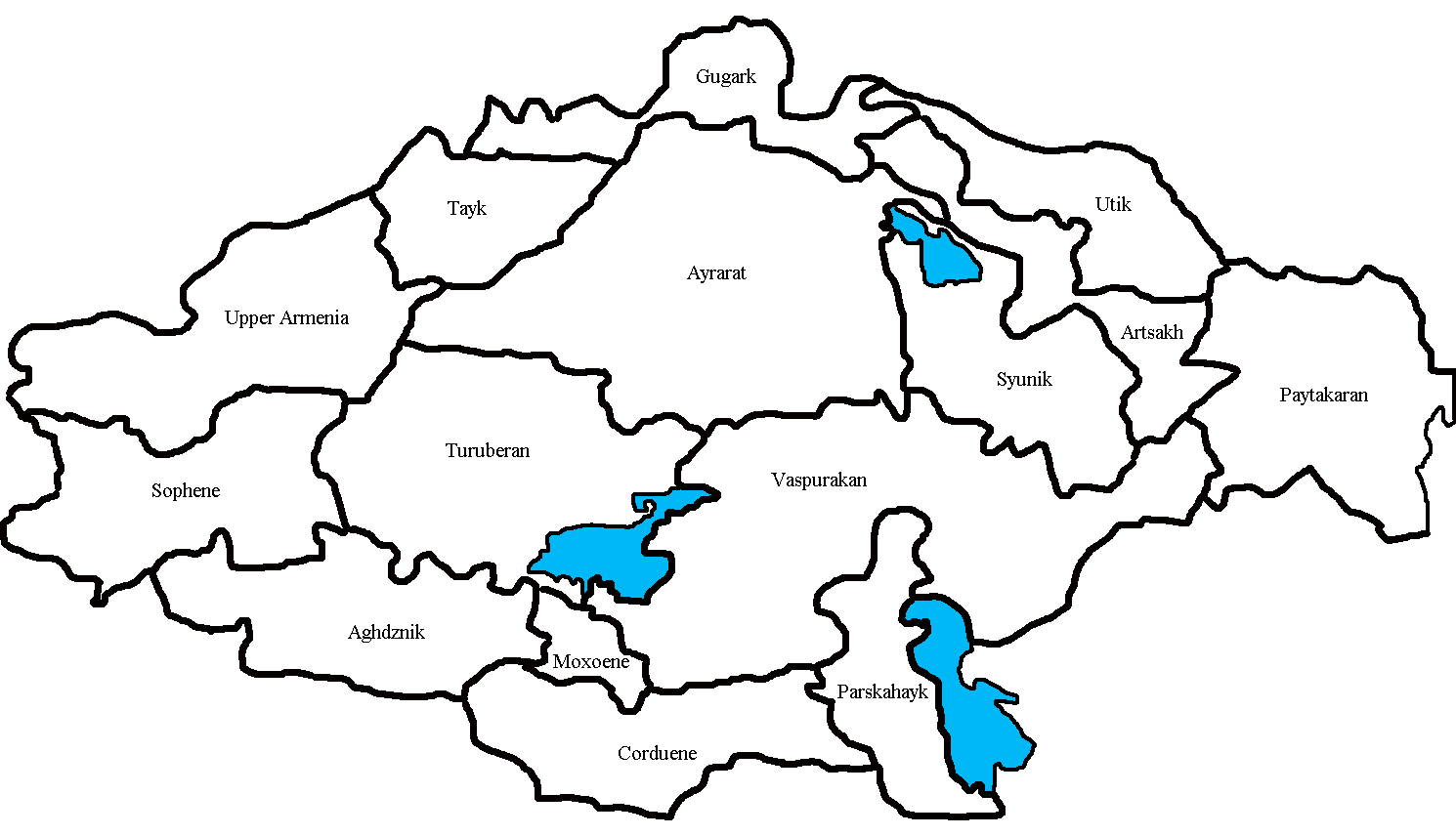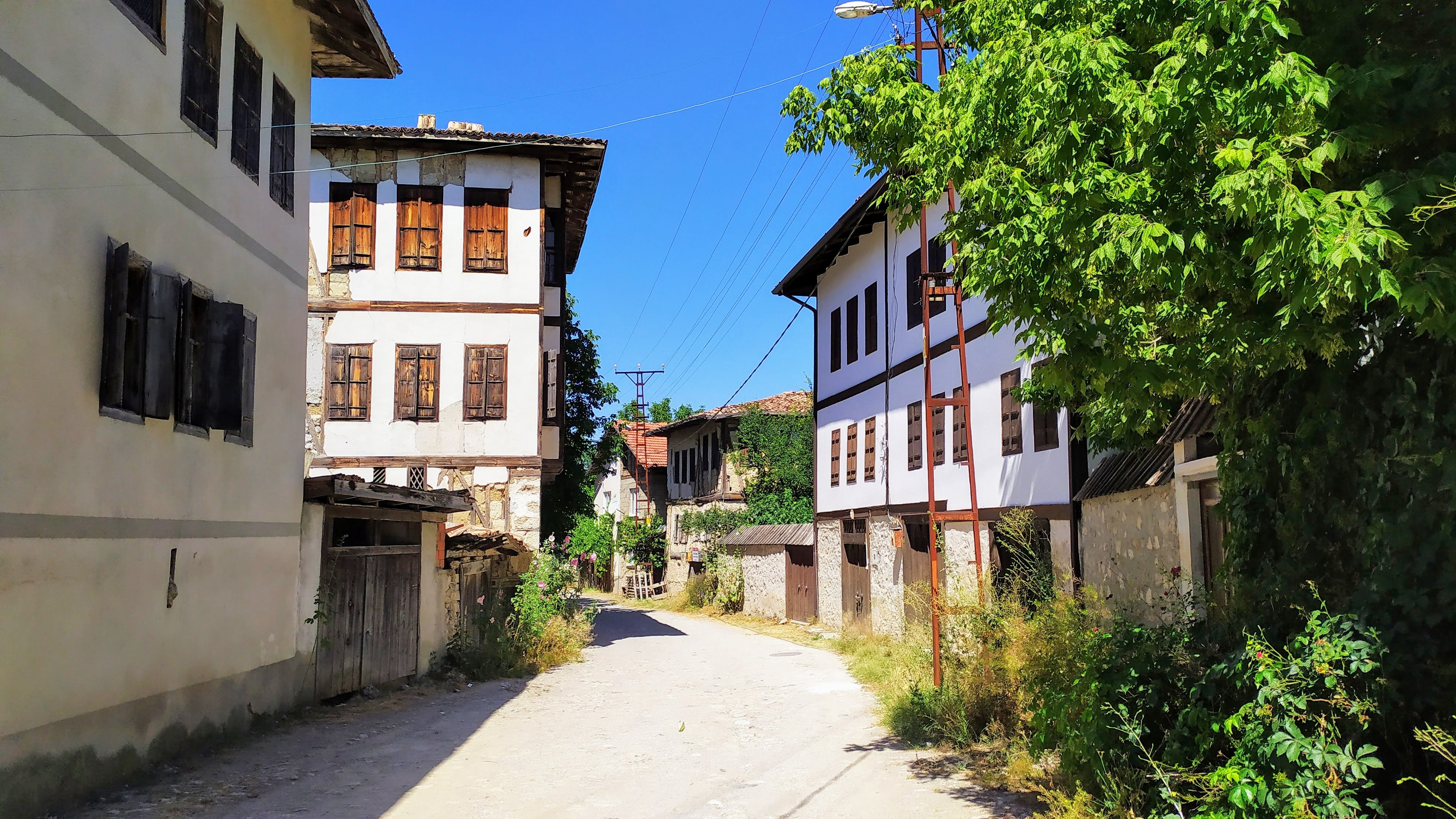|
Tadım, Elâzığ
Tadım or Datem ( hy, Դատեմ) is a village in the Elazığ District of Elazığ Province in Turkey. Its population is 399 (2021). Lying in the ancient province of Sophene, the village probably served as the capital of the Roman province of Fourth Armenia. Population The village was formerly populated by Armenians and later settled by Yörüks and Turkmens Turkmens ( tk, , , , ; historically "the Turkmen"), sometimes referred to as Turkmen Turks ( tk, , ), are a Turkic ethnic group native to Central Asia, living mainly in Turkmenistan, northern and northeastern regions of Iran and north-weste .... References Villages in Elazığ District {{ElazığDistrict-geo-stub ... [...More Info...] [...Related Items...] OR: [Wikipedia] [Google] [Baidu] |
Villages Of Turkey
A village ( tr, köy) is the second smallest settlement unit in Turkey. Hierarchical model There are 81 provinces ( tr, il) in Turkey. The governor of each province is called '' vali''. There are a number of ilçe (district) in each province. In İstanbul, the most populous province, the number of districts is 39. But in small provinces the number may be as low as 3. In 51 provinces, the capital of the province is also a district known as the central district with the same name. (i.e., The central district of Karaman Province is called Karaman) In 30 provinces however, the capital city is also divided into central districts, all of which have unique names. The total number of districts is 919 (including the 51 central districts). The governor of each district is called ''kaymakam'' . Smaller units There are more than 30000 villages in Turkey. During the Ottoman Empire era the villages were called ''karye'', but in Turkey they are known as ''köy''. There are several hundred vil ... [...More Info...] [...Related Items...] OR: [Wikipedia] [Google] [Baidu] |
Elazığ District
Elazığ District (also: ''Merkez'', meaning "central") is a district of Elazığ Province of Turkey. Its seat is the city Elazığ.İl Belediyesi Turkey Civil Administration Departments Inventory. Retrieved 20 December 2022. Its area is 2,243 km2, and its population is 443,363 (2021). Composition There are 5 in Elazığ District: * Akçakiraz * *[...More Info...] [...Related Items...] OR: [Wikipedia] [Google] [Baidu] |
Elazığ Province
Elazığ Province ( tr, ; Zazaki: Suke Xarpêt; ku, Parêzgeha Xarpêtê) is a province of Turkey with its seat in the city of Elazığ. The province had a population of 568,753 in 2014. The population of the province was 569,616 in 2000 and 498,225 in 1990. The total area of the province is , of which is covered by reservoirs and natural lakes. The province is considered part of Turkish Kurdistan. History In 1927 the office of the Inspector General was created, which governed with martial law. The province was included in the first Inspectorate General (''Umumi Müfettişlik,'' UM) over which the Inspector General ruled. The UM span over the provinces of Hakkâri, Siirt, Van, Mardin, Bitlis, Şanlıurfa, Elazığ and Diyarbakır. In December 1935, the Tunceli Law was passed, which demanded a more powerful Government in the region. In January 1936 the Elazığ Province was transferred under the authority of the newly established Fourth Inspectorate General, which span ov ... [...More Info...] [...Related Items...] OR: [Wikipedia] [Google] [Baidu] |
TÜİK
Turkish Statistical Institute (commonly known as TurkStat; tr, Türkiye İstatistik Kurumu or TÜİK) is the Turkish government agency commissioned with producing official statistics on Turkey, its population, resources, economy, society, and culture. It was founded in 1926 and has its headquarters in Ankara Ankara ( , ; ), historically known as Ancyra and Angora, is the capital of Turkey. Located in the central part of Anatolia, the city has a population of 5.1 million in its urban center and over 5.7 million in Ankara Province, maki .... Formerly named as the State Institute of Statistics (Devlet İstatistik Enstitüsü (DİE)), the Institute was renamed as the Turkish Statistical Institute on November 18, 2005. References External linksOfficial website of the institute National statistical services Statistical Organizations established in 1926 Organizations based in Ankara {{Sci-org-stub ... [...More Info...] [...Related Items...] OR: [Wikipedia] [Google] [Baidu] |
Sophene
Sophene ( hy, Ծոփք, translit=Tsopkʻ, grc, Σωφηνή, translit=Sōphēnē or hy, Չորրորդ Հայք, lit=Fourth Armenia) was a province of the ancient kingdom of Armenia, located in the south-west of the kingdom, and of the Roman Empire. The region lies in what is now southeastern Turkey. The region that was to become Sophene was part of the kingdom of Ararat (Urartu) in the 8th-7th centuries BC. After unifying the region with his kingdom in the early 8th century BC, king Argishtis I of Urartu resettled many of its inhabitants in his newly built city of Erebuni (modern day Armenian capital Yerevan). Around 600 BC, Sophene became part of the newly emerged ancient Armenian Kingdom of the Orontids. This dynasty acted as satraps of Armenia first under the Median Empire, later under the Achaemenid Empire. After Alexander the Great's campaigns in 330s BC and the subsequent collapse of the Achaemenid Empire, Sophene remained part of the newly independent kingdom ... [...More Info...] [...Related Items...] OR: [Wikipedia] [Google] [Baidu] |
Roman Empire
The Roman Empire ( la, Imperium Romanum ; grc-gre, Βασιλεία τῶν Ῥωμαίων, Basileía tôn Rhōmaíōn) was the post-Republican period of ancient Rome. As a polity, it included large territorial holdings around the Mediterranean Sea in Europe, North Africa, and Western Asia, and was ruled by emperors. From the accession of Caesar Augustus as the first Roman emperor to the military anarchy of the 3rd century, it was a Principate with Italia as the metropole of its provinces and the city of Rome as its sole capital. The Empire was later ruled by multiple emperors who shared control over the Western Roman Empire and the Eastern Roman Empire. The city of Rome remained the nominal capital of both parts until AD 476 when the imperial insignia were sent to Constantinople following the capture of the Western capital of Ravenna by the Germanic barbarians. The adoption of Christianity as the state church of the Roman Empire in AD 380 and the fall of the Western ... [...More Info...] [...Related Items...] OR: [Wikipedia] [Google] [Baidu] |
Fourth Armenia
Roman Armenia refers to the rule of parts of Greater Armenia by the Roman Empire, from the 1st century AD to the end of Late Antiquity. While Armenia Minor had become a client state and incorporated into the Roman Empire proper during the 1st century AD, Greater Armenia remained an independent kingdom under the Arsacid dynasty. Throughout this period, Armenia remained a bone of contention between Rome and the Parthian Empire, as well as the Sasanian Empire that succeeded the latter, and the ''casus belli'' for several of the Roman–Persian Wars. Only in 114 was Emperor Trajan able to conquer and incorporate it as a short-lived Roman province. In the late 4th century, Armenia was divided between Rome and the Sasanians, who took control of the larger part of the Armenian Kingdom and in the mid-5th century abolished the Armenian monarchy. In the 6th and 7th centuries, Armenia once again became a battleground between the East Romans ( Byzantines) and the Sasanians, until both power ... [...More Info...] [...Related Items...] OR: [Wikipedia] [Google] [Baidu] |
Armenians
Armenians ( hy, հայեր, ''hayer'' ) are an ethnic group native to the Armenian highlands of Western Asia. Armenians constitute the main population of Armenia and the ''de facto'' independent Artsakh. There is a wide-ranging diaspora of around five million people of full or partial Armenian ancestry living outside modern Armenia. The largest Armenian populations today exist in Russia, the United States, France, Georgia, Iran, Germany, Ukraine, Lebanon, Brazil, and Syria. With the exceptions of Iran and the former Soviet states, the present-day Armenian diaspora was formed mainly as a result of the Armenian genocide. Richard G. Hovannisian, ''The Armenian people from ancient to modern times: the fifteenth century to the twentieth century'', Volume 2, p. 421, Palgrave Macmillan, 1997. Armenian is an Indo-European language. It has two mutually intelligible spoken and written forms: Eastern Armenian, today spoken mainly in Armenia, Artsakh, Iran, and the former Soviet ... [...More Info...] [...Related Items...] OR: [Wikipedia] [Google] [Baidu] |
Yörüks
The Yörüks, also Yuruks or Yorouks ( tr, Yörükler; , ''Youroúkoi''; bg, юруци; mk, Јуруци, ''Juruci''), are a Turkish ethnic subgroup of Oghuz descent, some of whom are nomadic, primarily inhabiting the mountains of Anatolia, and partly in the Balkan peninsula. On the Balkans Yörüks are distributed over a wide area from southern Serbia, parts of Bulgaria, north to Larissa in Thessaly and southern Thrace.Svanberg, Ingvar: The turkish-speaking ethnic groups in Europe (pp.65-128) iEuropa ethnica, volume 41 W. Braumüller, 1984, p.68. Their name derives from the Turkish verb yürü- (''yürümek'' in infinitive), which means "to walk", with the word ''yörük'' or ''yürük'' designating "those who walk on the hindlegs, walkers". The Yörüks were under the Yörük Sanjak, ( tr, Yörük Sancağı) which was not a territorial unit like the other sanjaks, but a separate organisational unit of the Ottoman Empire. According to some, those tribes residing in the eas ... [...More Info...] [...Related Items...] OR: [Wikipedia] [Google] [Baidu] |
Turkoman (ethnonym)
Turkoman (Middle Turkic languages, Middle Turkic: تُركْمانْ, ota, تركمن, Türkmen and ''Türkmân''; az, Türkman and ', tr, Türkmen, tk, Türkmen, Persian language, Persian: ترکمن sing. ''Turkamān'', pl. ''Tarākimah''), also called Turcoman and Turkman, is a term that was widely used during the Middle Ages for the people of Oghuz Turks, Oghuz Turkic origin. Oghuz Turks were a western Turkic people that, in the 8th century A.D, formed a Oghuz Yabgu State, tribal confederation in an area between the Aral Sea, Aral and Caspian Sea, Caspian seas in Central Asia, and spoke the Oghuz languages, Oghuz branch of the Turkic language family. ''Turkmen'', originally an exonym, dates from the High Middle Ages, along with the ancient and familiar name "Turkic peoples, Turk" (), and tribal names such as "Bayat (tribe), Bayat", "Bayandur", "Afshar (tribe), Afshar", "Kayi", and others. By the 10th century, Islamic sources were calling Oghuz Turks as Muslim Turkmens, as o ... [...More Info...] [...Related Items...] OR: [Wikipedia] [Google] [Baidu] |




